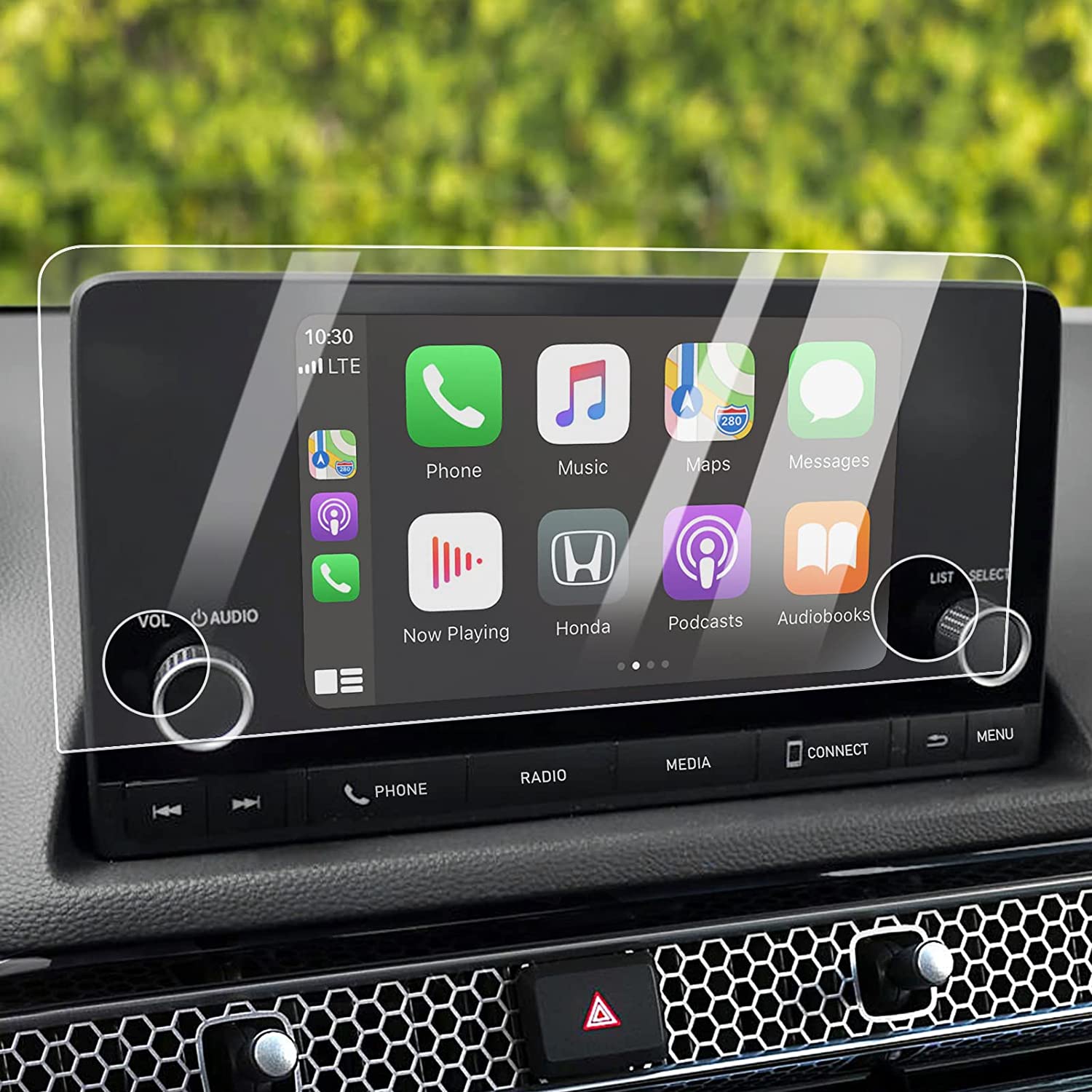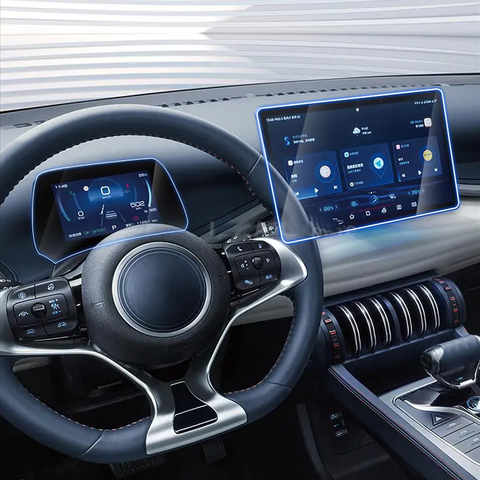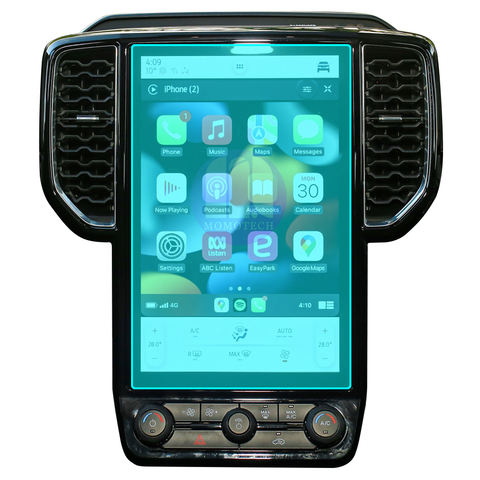
The Impact of Screen Protectors on Touch Sensitivity and Display Clarity
Table of Contents
Extract
Summary
The impact of screen protectors on touch sensitivity and display clarity is a topic of significant relevance in the digital age, where touchscreen devices are ubiquitous. Screen protectors, which first emerged in the late 1960s, have evolved from simple scratch guards to advanced accessories that offer a range of functionalities beyond mere protection. Initially gaining popularity with the rise of personal digital assistants (PDAs), screen protectors are now essential for a wide array of devices, including smartphones, tablets, laptops, and gaming consoles
. The advancements in screen protector technology have led to a variety of materials and designs, each with distinct advantages and potential drawbacks. Tempered glass, PET film, TPU, liquid, and hybrid screen protectors each offer different levels of protection, transparency, and touch sensitivity. While tempered glass protectors are lauded for their durability and clarity, liquid screen protectors are praised for their ultra-thin, virtually invisible layer that preserves the device’s original display quality. However, controversies persist regarding the impact of these protectors on touch sensitivity and display clarity. Some users report decreased touch responsiveness and minor visual distortions, although recent innovations aim to mitigate these issues. The market for screen protectors continues to grow, driven by increasing smartphone sales and the rising consumer demand for additional device protection. Innovations such as privacy filters, anti-glare coatings, and antimicrobial treatments have expanded the functional benefits of screen protectors, making them more appealing to a diverse range of users. Regional market trends vary, with North America and the Asia Pacific showing significant growth due to high-end smartphone adoption and the availability of low-cost alternatives, respectively. Despite their widespread use, screen protectors remain a subject of debate. Critics argue that they can compromise touch sensitivity and display quality, essential for tasks requiring precise touch inputs and high-definition visuals. Conversely, proponents highlight the additional benefits provided by modern screen protectors, such as enhanced durability, hygiene, and privacy. As technology advances, ongoing research and development aim to address these concerns, ensuring that screen protectors continue to enhance the user experience without compromising device functionality.
History of Screen Protectors
The concept of screen protectors dates back to 1968 when Herbert Schlegel designed and patented the first screen protector for use on television screens
. However, screen protectors truly began to gain traction with the rise of personal digital assistants (PDAs) in the late 20th century. These devices, which were operated via a stylus, had sensitive LCD screens that were prone to scratches from the stylus tips. Screen protectors served as a sacrificial layer, absorbing the scratches and preserving the underlying screen. Initially, screen protectors were primarily made from plastic and were designed mainly to prevent scratches. As touchscreen devices became more common, the demand for screen protectors increased, prompting improvements in both materials and design. The early plastic protectors often reduced screen clarity and were difficult to apply without trapping dust or air bubbles. Over time, manufacturers enhanced the quality of plastic screen protectors, making them more durable, clearer, and easier to install. A significant leap in screen protector technology occurred with the introduction of tempered glass screen protectors. These offered superior protection, not only from scratches but also from high-impact drops. Modern screen protectors have continued to evolve, incorporating additional features such as privacy filters to limit viewing angles, glare reduction for better visibility in bright light, and antimicrobial coatings that kill bacteria on the device’s surface. The advancements in screen protector technology have transformed these accessories from simple protective layers into multifunctional enhancements that contribute to a better user experience. Today, screen protectors are an essential accessory for a wide range of electronic devices, from smartphones and tablets to laptops and gaming consoles.
Types of Screen Protectors
In the digital age, protecting the screens of our smartphones and other devices is crucial to ensure their longevity and usability. Screen protectors serve as the first line of defense against scratches, cracks, and other forms of damage. There are several types of screen protectors, each with unique characteristics and benefits.
Liquid Screen Protectors
Liquid screen protectors present a unique approach to screen protection through the use of nanotechnology. Instead of a physical film or glass layer, liquid protectors consist of a thin, transparent liquid that is applied directly onto the screen. This liquid forms a protective layer upon drying, providing complete coverage, including curved edges. Liquid screen protectors offer protection against scratches, fingerprints, and minor impacts without any noticeable distortion or loss of clarity. The application process is simple and results in an ultra-thin, virtually invisible protective layer
. Each type of screen protector has its own advantages and is suited to different user preferences and device requirements. Whether you prioritize durability, flexibility, cost-effectiveness, or comprehensive protection, there is a screen protector available to meet your needs.
Tempered Glass Screen Protectors
Tempered glass screen protectors are renowned for their durability and transparency. These protectors undergo a process of controlled heating and rapid cooling, which enhances their strength and durability. As a result, they are capable of withstanding impacts, scratches, and daily wear and tear. Tempered glass protectors offer robust defense for your device’s screen while maintaining excellent visual clarity and touch sensitivity, making them a popular choice among users
. Additionally, they are easy to install and often come with an oleophobic coating that repels fingerprints and smudges.
PET Film Screen Protectors
PET (polyethylene terephthalate) film screen protectors are a budget-friendly option for safeguarding your device’s screen. Made from a thin, transparent plastic material, PET protectors provide basic protection against minor scratches, fingerprints, and dust. Despite their lower price point, they still offer reasonable clarity and touch sensitivity
. PET film protectors are lightweight, easy to replace, and are a common choice for budget-conscious consumers.
TPU Screen Protectors
TPU (thermoplastic polyurethane) screen protectors are known for their flexibility and impact protection. These protectors are made by heating a special blend of plastics to a specific temperature and then molding it into the desired shape. TPU protectors offer excellent scratch resistance and elasticity, allowing them to bounce back from minor bumps and scratches. This “self-healing” ability makes them an attractive option for users seeking durable and flexible screen protection
.
Hybrid Screen Protectors
Hybrid screen protectors combine multiple materials to achieve a balance of properties. For example, a hybrid screen protector may feature a tempered glass layer for enhanced hardness and scratch resistance, along with a TPU or PET layer for flexibility and impact absorption. These hybrid materials offer comprehensive protection by combining the best characteristics of each material, including anti-glare coatings, anti-fingerprint treatments, and oleophobic coatings to repel oils and smudges
.

Touch Sensitivity
Touch sensitivity refers to the responsiveness of a touchscreen device to finger inputs. Each touchscreen has its own unique characteristics and may vary in how it responds to different levels of touch pressure. On Android devices, touchscreens are designed to detect gentle touches and swipes while discouraging forceful inputs
. However, several factors can influence touch sensitivity, including user finger size, the presence of screen protectors, and device settings.
Factors Affecting Touch Sensitivity
Screen Protectors
The type and quality of screen protectors can significantly impact touch sensitivity. While high-quality tempered glass protectors generally have no apparent effect on touch sensitivity, poorly installed or low-quality protectors can decrease responsiveness
. TPU (thermoplastic polyurethane) protectors, known for their scratch resistance and elasticity, can also affect touch sensitivity but usually do not pose significant issues if installed correctly.
Environmental Factors
Moisture and debris on the screen can interfere with touch inputs, leading to reduced sensitivity. Additionally, the presence of thick screen protectors or cases may impede touch performance. Users should ensure their screens are clean and free from obstructions to maintain optimal sensitivity
.
Adjusting Touch Sensitivity
Most Android devices allow users to adjust touch sensitivity to better suit their preferences or physical requirements. This can be particularly useful if you frequently use accessories like gloves designed for touchscreen devices
. To adjust touch sensitivity on an Android device, navigate to “Settings > Display/Advanced Features > Touch Sensitivity/Screen Protector Mode”. This setting is often labeled as “Screen Protector Mode” in Android 13 and later versions, making it easier to find when using a screen protector.
Troubleshooting Touch Sensitivity Issues
If you experience a decrease in touch sensitivity, several troubleshooting steps can be taken. These include force restarting the device, checking for software updates, optimizing storage, and removing any cases or screen protectors that might be causing issues
. In cases where the screen does not respond after adjusting sensitivity settings, resetting the device settings or contacting support may be necessary. Adjusting touch sensitivity settings can also have implications for battery life. More sensitive settings can lead to accidental touches, which may consume more battery. Users are encouraged to experiment with different settings to find a balance that provides both responsiveness and efficient battery usage.
Display Clarity
The clarity of a screen protector is paramount for maintaining the original display quality of a device. Various types of screen protectors, including tempered glass, liquid screen protectors, and others, offer different levels of transparency and clarity, influencing the viewing experience.
Tempered Glass
Tempered glass screen protectors are renowned for their high-definition (HD) clarity, ensuring a crystal-clear display from all angles. This type of protector mimics the original display and offers optimal brightness, color accuracy, and sharpness without significantly affecting the screen’s visibility or readability
. High-quality tempered glass protectors also feature oleophobic coatings that enhance scratch resistance and maintain the pristine look of the screen by repelling fingerprints and smudges.
Liquid Screen Protectors
Liquid screen protectors offer exceptional transparency due to their ultra-thin nature, preserving the device’s original display quality
. The nano-coating forms an invisible layer on the screen, providing a smooth and clear viewing experience. However, over time, liquid screen protectors can attract dust and fingerprint smudges, which may slightly affect clarity compared to tempered glass. Despite this, liquid protectors are valued for their ability to maintain high transparency while being practically invisible on the screen.
Other Materials
Plastic screen protectors, including TPU (Thermoplastic polyurethane), offer good clarity but can sometimes create an unsightly glare and affect screen quality by adding a murkier and grayer hue to the display
. TPU protectors are chemically treated to enhance properties like scratch resistance and flexibility, making them a step above standard PET plastic protectors. However, they might not match the crystal-clear transparency of tempered glass or liquid screen protectors.
Anti-Glare and Matte Finish
Screen protectors with a matte finish can reduce glare and reflections, making them beneficial in bright environments
. However, this finish can lead to a grainy appearance, impacting the overall display quality and making the screen look less crisp compared to protectors that offer high-definition clarity.

Advantages and Disadvantages of Screen Protectors
Advantages
Screen protectors offer numerous benefits beyond merely safeguarding your device’s screen from physical damage. One of the primary advantages is the protection they provide against scratches, smudges, and breakage due to drops or impacts, serving as the first line of defense for your device
. Additionally, advancements in material science have significantly improved the strength and durability of screen protectors. Modern screen protectors are now made from robust materials like tempered glass, sapphire crystal, and even synthetic diamond coatings. Another benefit is the array of specialized features that enhance user experience. For instance, some screen protectors include privacy filters that limit viewing angles, thereby keeping sensitive information safe from prying eyes. Others are designed to reduce glare, improving visibility even in bright sunlight. Furthermore, innovative technologies have led to the development of screen protectors with antimicrobial coatings, which kill 99% of bacteria on the device’s surface, promoting better hygiene. Some protectors also possess self-healing properties, enabling minor scratches to disappear over time. These features collectively contribute to the convenience, security, and overall usability of the device.
Disadvantages
Despite their many advantages, screen protectors also come with some drawbacks. One common issue is the potential reduction in touch sensitivity. While modern screen protectors are designed to minimize this impact, there can still be a noticeable difference in responsiveness, particularly with lower-quality protectors
. This can be frustrating for users who rely on precise touch inputs for activities such as gaming or drawing. Another disadvantage is the possible degradation of display clarity. Even the highest quality screen protectors may introduce some level of distortion or decrease in brightness, which can affect the overall viewing experience. Additionally, the application process of some screen protectors can be challenging, often resulting in air bubbles or misalignment, which further detracts from the screen’s appearance and functionality. Lastly, although advancements have made screen protectors more durable, they are not invincible. Protectors made from materials like PET film and TPU are generally less durable than those made from tempered glass, and they may need to be replaced more frequently. Even tempered glass protectors, while robust, can still crack or shatter upon significant impact, necessitating replacement to maintain optimal protection.
Technological Advancements in Screen Protectors
Screen protectors have significantly evolved from their initial design as simple plastic films to advanced technological accessories that enhance device usage. The latest advancements offer a variety of features that go beyond mere protection, such as privacy filters, antimicrobial coatings, and self-healing properties.
Material Science Innovations
Advancements in material science have led to the development of stronger and more durable screen protectors. Modern options now include tempered glass, sapphire crystal, and synthetic diamond coatings, which provide superior protection against impacts and scratches
. These materials not only safeguard devices but also enhance the overall user experience by maintaining screen clarity and touch sensitivity.
Functional Coatings
Recent innovations have introduced various functional coatings that add significant value to screen protectors. For example, antimicrobial coatings are designed to kill 99% of bacteria on the device’s surface, promoting better hygiene
. Additionally, anti-glare coatings scatter harsh light, improving visibility in bright conditions and reducing eye strain. Oleophobic coatings repel oils and fingerprints, ensuring that screens remain clean and smudge-free.
Privacy and Health Features
Specialized screen protectors now cater to specific user needs. Privacy filters use micro-louver technology to narrow the viewing angle of the screen, making the content visible only to the user directly in front of the device
. This feature is essential for maintaining confidentiality in public spaces. Additionally, blue light filters reduce the harmful blue light emitted by screens, mitigating eye strain and promoting healthier sleep patterns for users who spend extended hours on their devices.
Application Techniques
Ease of application is another critical area where screen protector technology has seen improvements. Innovations such as vacuum coating and high-quality AB glue ensure a smooth, bubble-free application process
. These technologies not only simplify installation but also enhance the protector’s adhesion and overall effectiveness.

Market and Consumer Trends
The global market for smartphone screen protectors is experiencing significant growth, driven by the increasing consumer demand for smartphones and the desire for additional protection for these valuable devices. In the United States, consumers are particularly eager for innovations in both smartphones and screen protectors, which has encouraged manufacturers to introduce new products frequently. For instance, in August 2023, BodyGuardz, an American company, launched a screen protector made from broken glass and sand
. This highlights the importance of technology innovation, with companies investing heavily in research and development to stay competitive. In North America, the market is anticipated to grow at the fastest Compound Annual Growth Rate (CAGR), attributed to the rising popularity of high-end smartphones with premium technologies and increased consumer disposable income. This region’s growth is also fueled by the heightened demand for protective smartphone accessories, reflecting a broader trend towards safeguarding expensive electronic devices. Conversely, the market in the Asia Pacific region is dominated by rising smartphone sales, particularly in emerging economies such as China and India. Companies like Xiaomi Inc. and Oppo Electronics Inc. are projected to significantly spur product growth, alongside the emergence of low-cost screen protector producers during the forecast period. This region’s dominance is further bolstered by the availability of cheaper alternatives, which caters to the diverse consumer base preferring affordable options due to frequent phone upgrades. Consumer preferences are also shaped by the price range of the smartphones they own. The market is segmented into various price categories, with the USD 550–700 segment currently leading. However, there is notable growth in the below USD 175 sector, driven by low-income consumers’ demand for affordable screen protectors, typically made from low-grade plastic. On the other end of the spectrum, the segment above USD 700 is expected to grow at the fastest CAGR, spurred by the increasing demand for premium smartphones and concerns over the security of expensive handsets. Furthermore, the market is characterized by a high level of fragmentation, with a plethora of local and multinational players offering a wide range of products. While genuine brands’ products are often priced higher, many consumers opt for lower-end products or cheap imitations due to their affordability. This preference for cheaper alternatives is partly because consumers frequently change their phones, making it less appealing to invest in expensive screen protectors.
Controversies and Debates
The implementation of screen protectors has sparked numerous controversies and debates, particularly regarding their impact on touch sensitivity and display clarity. While screen protectors are designed to safeguard devices from scratches, cracks, and other types of damage, some users and experts argue that these protective layers can compromise the functionality and aesthetics of the screens they are meant to protect. One major point of contention is the potential impact on touch sensitivity. Users often report that the thickness of screen protectors can affect the tactile response of their devices, making touch interactions feel less precise and more sluggish
. This can be particularly problematic for activities that require fine motor skills, such as gaming or digital art, where touch sensitivity is crucial for performance. Another area of debate is the effect of screen protectors on display clarity. High-definition screens, including LED, Super AMOLED, and IPS-LCD displays, are designed to offer vibrant colors and sharp images. Critics argue that even the highest quality screen protectors can introduce minor distortions, reduce brightness, or alter color accuracy, thereby diminishing the visual experience. Despite advancements in material science that aim to minimize these issues, some users remain skeptical of the claims made by screen protector manufacturers. The COVID-19 pandemic has further complicated the discourse surrounding screen protectors. On one hand, the increased reliance on electronic devices for remote work and online learning has heightened the demand for screen protection. On the other hand, supply chain disruptions have led to concerns about the availability and quality of screen protectors on the market. In contrast, proponents of screen protectors highlight recent technological advancements that address many of these concerns. Innovations such as self-healing properties, antimicrobial coatings, and privacy filters offer additional benefits that extend beyond mere protection. These advanced features have the potential to enhance the usability and security of devices, making screen protectors more appealing to a broader range of users.
Comments
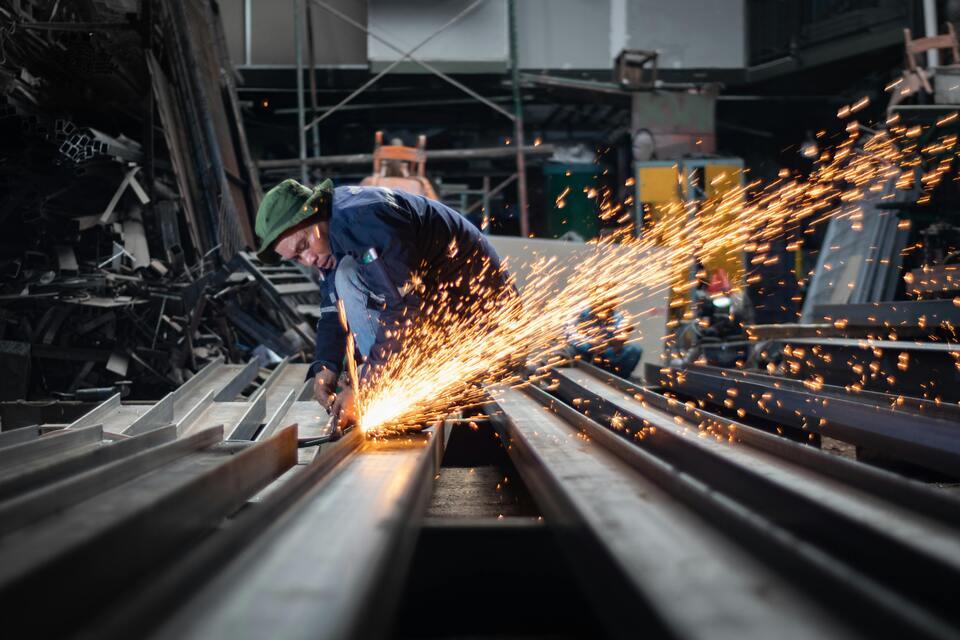
Are Paperlike Screen Protectors Good?
If you’re looking to elevate your iPad experience, a Paperlike screen protector might just be the upgrade you need!

How a Screen Protector Cutting Machine Can Boost Your Business
Screen protector cutting machines have revolutionized the screen protection industry, providing businesses with efficient, precise, and customizable solutions for producing screen protectors.

DIY Your Own Screen Protectors- The Magic of a Cutting Machine
“DIY Your Own Screen Protectors – The Magic of a Cutting Machine” explores the burgeoning trend of crafting custom screen protectors using advanced cutting machines.
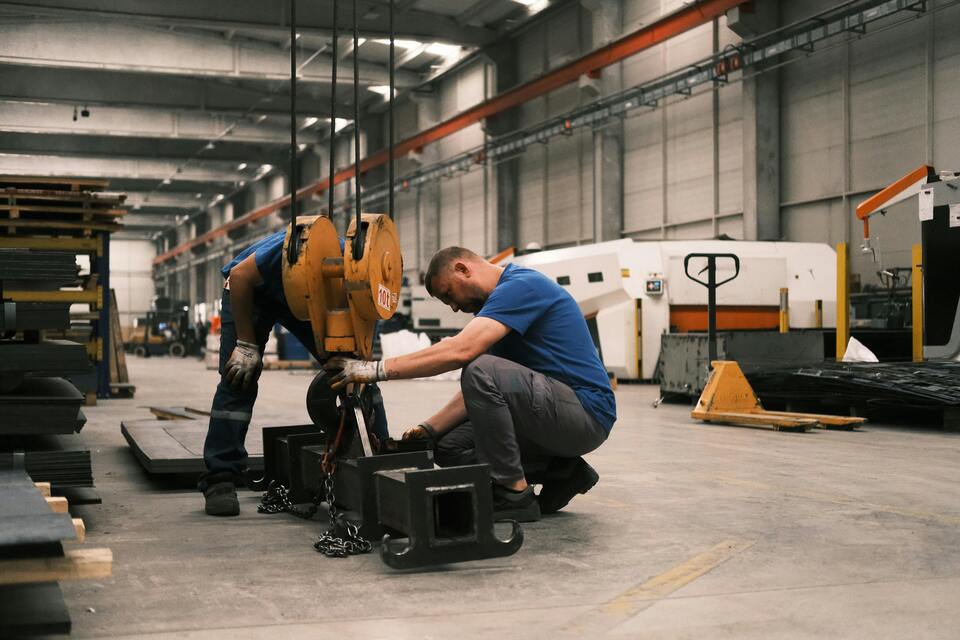
How to Put the Screen Protector?
A well-applied screen protector can significantly extend the life of your smartphone’s screen.
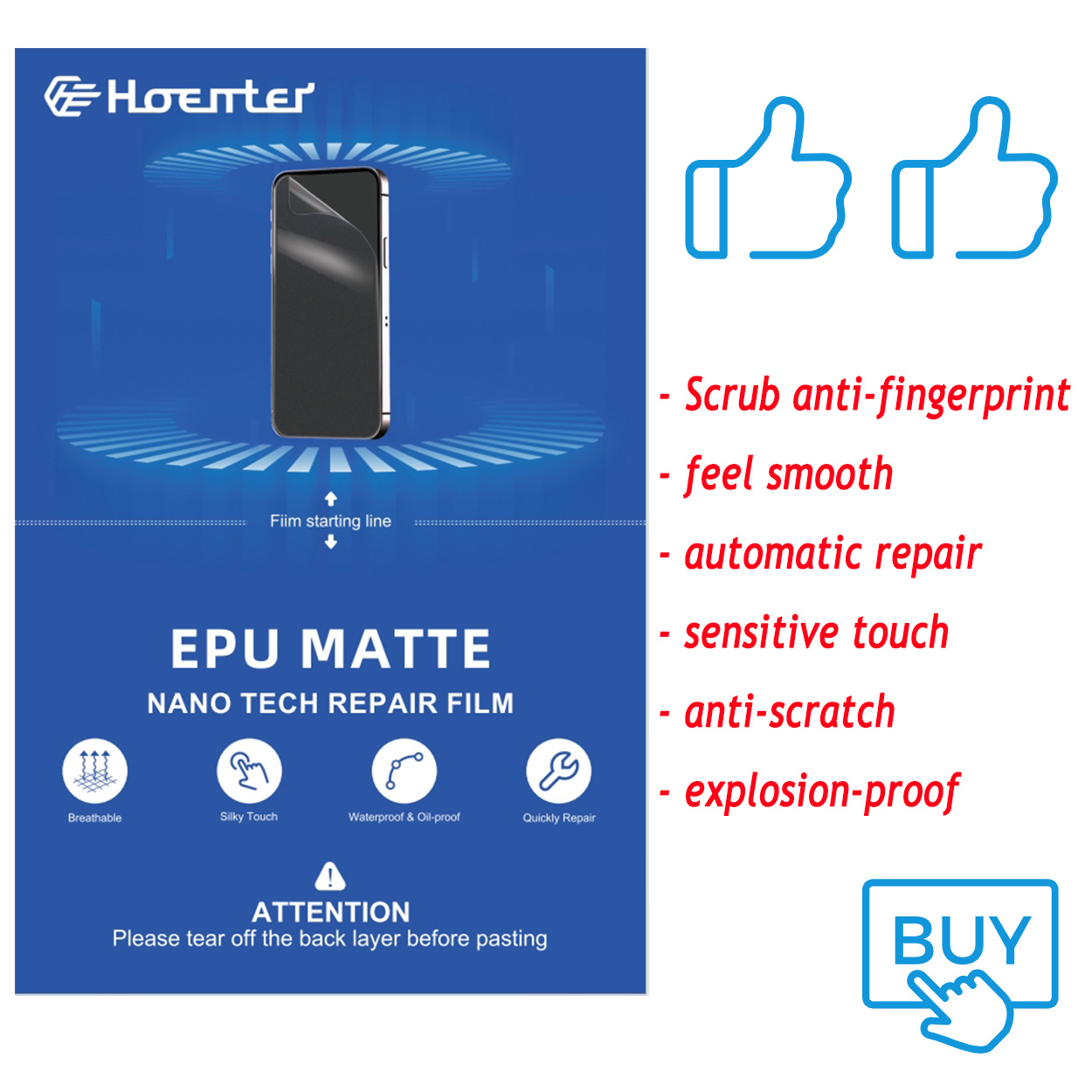
EPU Matte Hydrogel Film For Cutter
Choosing a screen protector? This guide breaks down Matte EPU vs Glossy TPU, comparing their pros and cons to help you decide.
Tags
Find All knowledge and trends from our blog, get the wholesale price and best quality from our factory.

What Film Cutting Machine and Its Application
Film cutting machines have played a crucial role in the evolution of filmmaking and various industrial processes by enabling precise cutting and splicing of film materials.

What Is a Screen Protector Cutting Machine?
A screen protector cutting machine is a specialized device designed to produce custom-fit screen protectors for various electronic devices, including smartphones, tablets, smartwatches, laptops, and monitors.

How Mobile Phone Screen Protector Cutting Machine Work?
A mobile phone screen protector cutting machine is a sophisticated device designed
to produce customized screen protectors for various digital devices with high preci
sion and efficiency.

Characteristics of Mobile Phone Tempered Glass and Mobile Phone TPU Screen Protector
Thermoplastic polyurethane (TPU) screen protectors are flexible, durable, and
self-healing plastic films designed to protect electronic device screens from
scratches, impacts, and other potential damages.

Revolutionize Device Protection with Screen Guard Cutting Machine
Whether you possess a smartphone, tablet, or smartwatch, this versatile machine accommodates a vast array of devices. It seamlessly adapts to the dimensions of your gadget, offering a custom fit that generic protectors can’t match.

Screen Protector Lifetime Warranty
A screen protector lifetime warranty is a guarantee provided by manufacturers that
promises to repair or replace a screen protector for the lifetime of the product, under specific terms and conditions.


